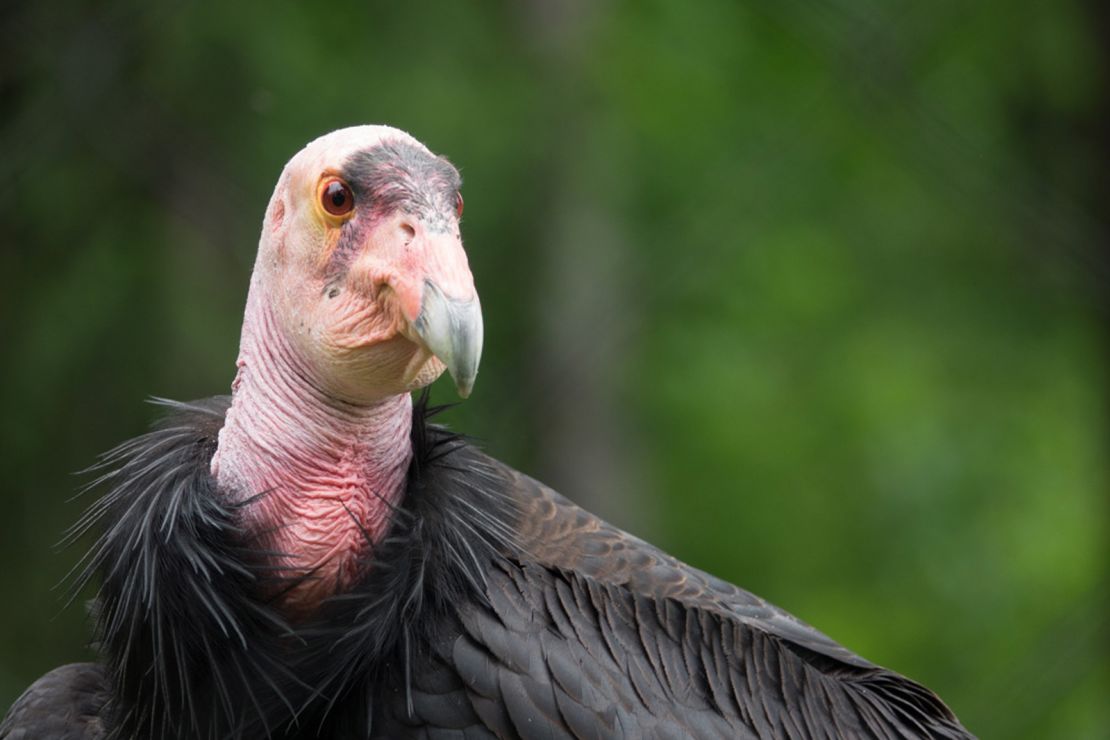First, California condors nearly went extinct from poaching, lead poisoning and habitat destruction.
Then the California wildfires last summer threatened to devastate their recovering wild population.
Now, hope is on the horizon as the critically endangered species has added nine eggs to their numbers since January 15. The most recent egg came on February 7.
Laid at the Oregon Zoo’s Jonsson Center for Wildlife Conservation, the eggs are a much-needed boost for the species’ survival. Nine eggs over the span of a month are the largest amount the condor breeding season has seen in the center’s 18-year history.
Dr. Kelly Flaminio, who oversees the Oregon Zoo condor recovery efforts, told CNN these eggs are a promising first step in rebuilding condor populations on the West coast.
“I can’t stress enough how important each individual is in this program,” Flaminio said.
“It’s not only about increasing the number of birds we have total, it’s about increasing the number of birds we can get into the wild that reach breeding age so we can have more breeding happening in the wild. That’s the key to gaining a sustainable population.”’
Condors generally lay eggs during January and February and produce one egg per year, Flaminio said, adding that the eggs came earlier than usual this year.
The zoo often uses a process called “double-clutching” to produce two eggs. Double clutching occurs when an egg is transferred from one parent to a surrogate parent so the first mother is stimulated to lay a second egg.
Though the eggs are a good first step, it’s not guaranteed that all nine are fertile, meaning they might not all hatch. The first chick would come sometime in March following a 54 to 58 day incubation period, Flaminio said.

Recovery efforts were slowed by California fires
The Oregon Zoo is one of several institutions working with US Fish and Wildlife to increase wild condor populations in California, Utah and Arizona.
Breeding in captivity has steadily increased condor numbers over the past several decades. The 1000th California condor hatched in 2019, CNN has reported. At the time, there were more condors in the wild than in captivity.
By comparison, only 22 total birds remained in 1982 when the species was nearly extinct.
The California condor remains critically endangered, according to the International Union for Conservation of Nature. One large source of danger that remains is lead poisoning, which occurs when a condor eats the carcass of a shot animal that contains fragments of lead bullets.
Last year, wildfires in California threatened wild populations in the area. California fires destroyed the Ventana Wildlife Society’s Big Sur Sanctuary for condor research in August, CNN has reported.
About 500 condors were in the wild during the last count prior to the fires. Because of the damaged surveillance equipment, Flaminio said they don’t know exactly how many wild condors were lost last year.
“Our goal is to produce as many chicks as we can every year to just get that wild population higher and higher,” she said.
